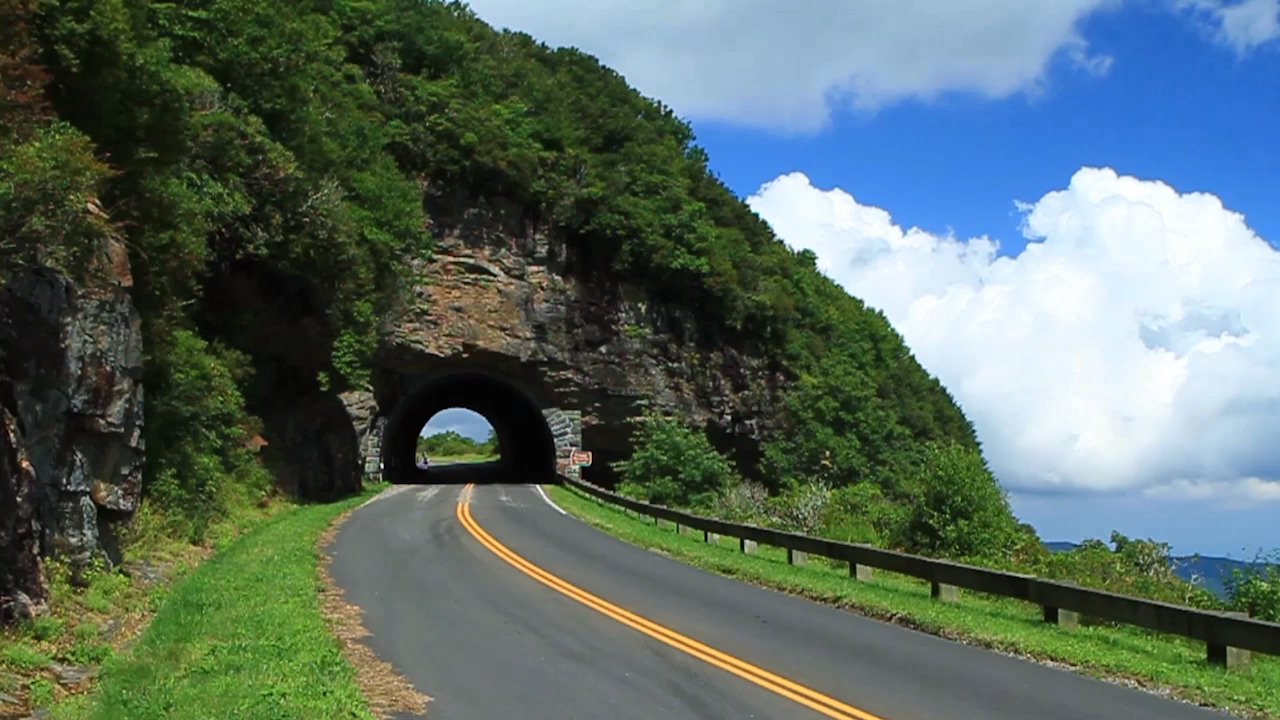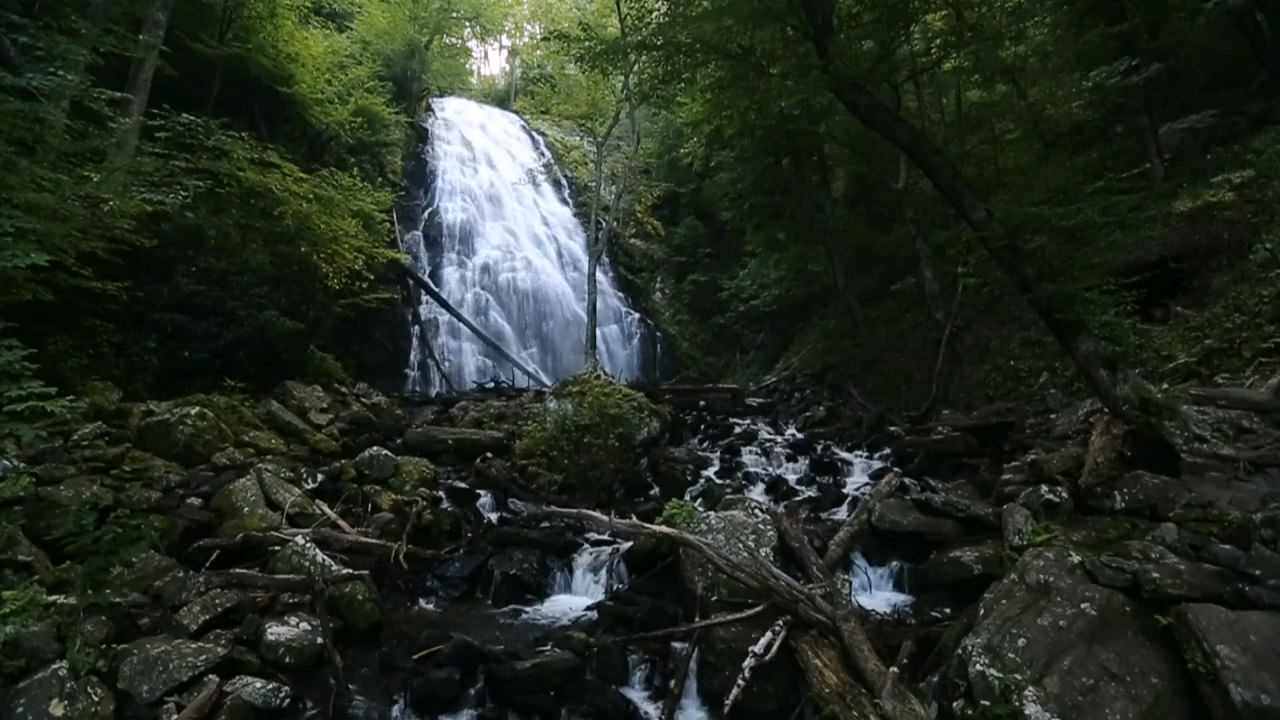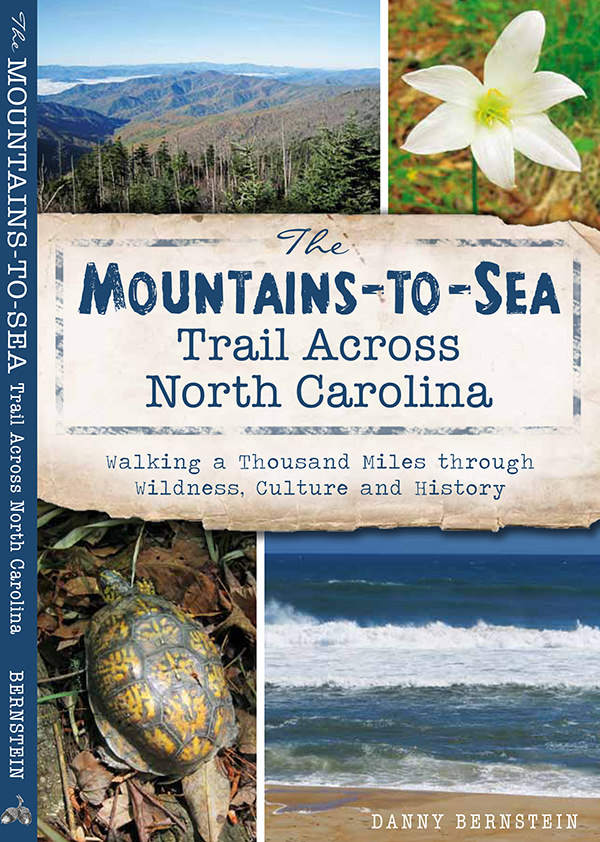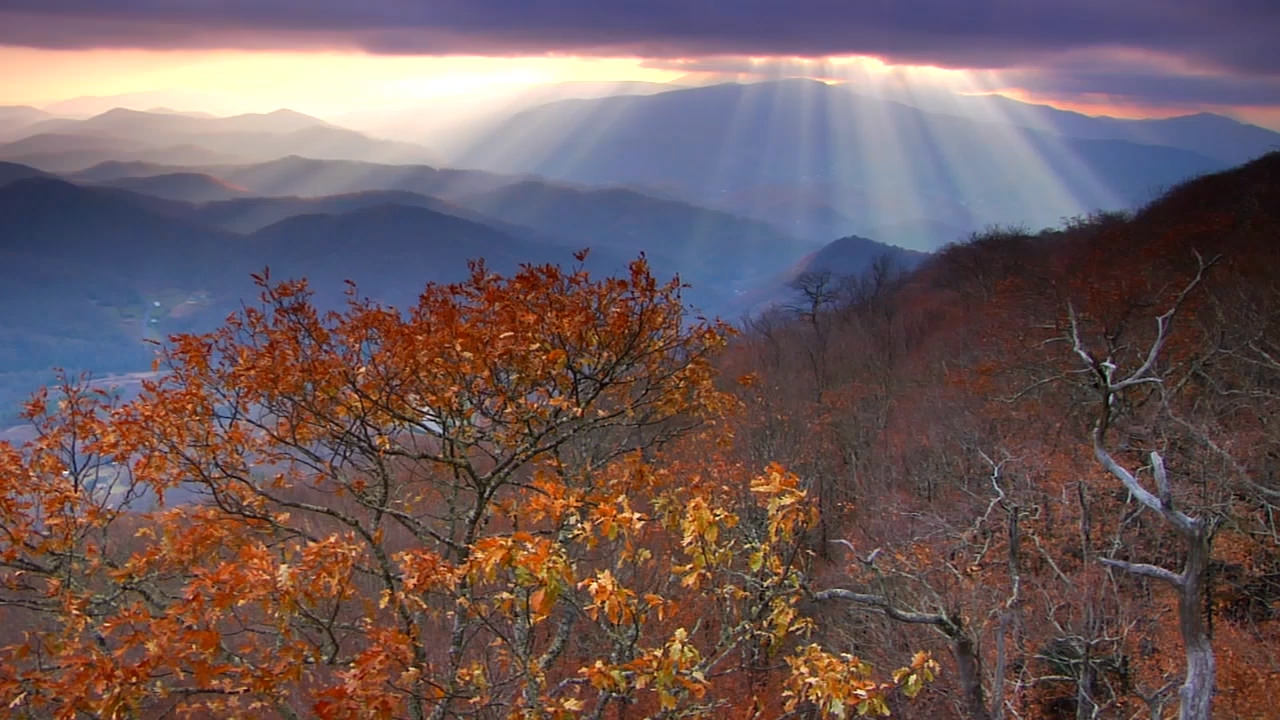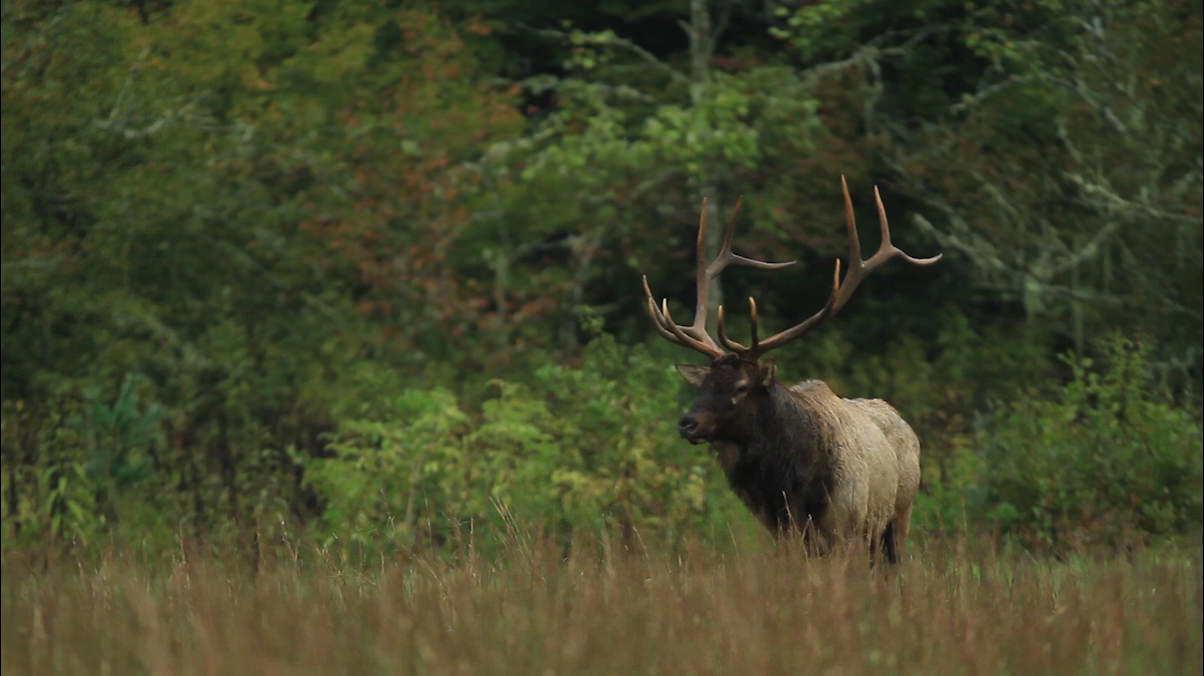360 Degrees From the Highest Peak in the East

Scroll right to see points of interest.
Photo and Peak Identification by Ken Gauger
Drive 33 miles north of Asheville on the Parkway and you’ll skirt the edge of Mount Mitchell, the highest summit east of the Mississippi River, clocking in at a lofty 6,684 feet. It’s a jagged, rocky peak with hiking trails that meander around boulders and through evergreen forests that have been known to gather snow even in summer—it’s a rare, high alpine forest typically associated with Canada. Mount Mitchell (MP 355.4) is named for Dr. Elisha Mitchell, the scientist credited with first measuring the mountain in 1835, usurping Mount Washington as the East’s loftiest peak. But there’s still some debate as to whether or not Elisha Mitchell was actually the first to measure the highest point on Mount Mitchell.
In 1856, one of Mitchell’s students, Thomas Clingman, claimed Mitchell had never actually set foot on the top of the mountain and that he, in fact had been the first to measure the mountain properly. In 1857, Mitchell lost his bearings while exploring the peak on a return trip to prove Clingman wrong, slipped off the edge of a waterfall, and drowned.
When rescue crews led by mountaineer Big Tom Wilson discovered Elisha Mitchell following his deadly fall, they noticed that his pocket watch had stopped, marking the exact time of death at 8:19:56 p.m. on June 27, 1857.
Dr. Tim Silver knows the Mount Mitchell debate well. The historian details the drama between the two 19th Century figures in his book Mount Mitchell and the Black Mountains: An Environmental History of the Highest Peaks in Eastern America. An avid backpacker and fisherman, Silver actually retraced much of Elisha Mitchell’s explorations of the Black Mountain Range while researching the book.
“There’s a real human drama to this mountain,” Silver says. “Clingman was ostracized and eventually ended up in an insane asylum. And today, it’s kind of an open question about whether Mitchell was even on the mountain during his first explorations in 1835 as he later claimed.”
Hike in Mitchell’s Footsteps
Today, you can walk in Elisha Mitchell’s footsteps if you’re willing. While the waterfall that took Mitchell’s life is on private property, the Old Mitchell Trail, part of the trail that the geologist took from Asheville, is still intact inside the state park. But don’t get too hung up on which geologist measured Mitchell first.
“Elevation is a relative thing. It only means something in regard to something else,” Silver says. “I’m not sure anyone actually knows the absolute elevation of Mount Mitchell today.”






